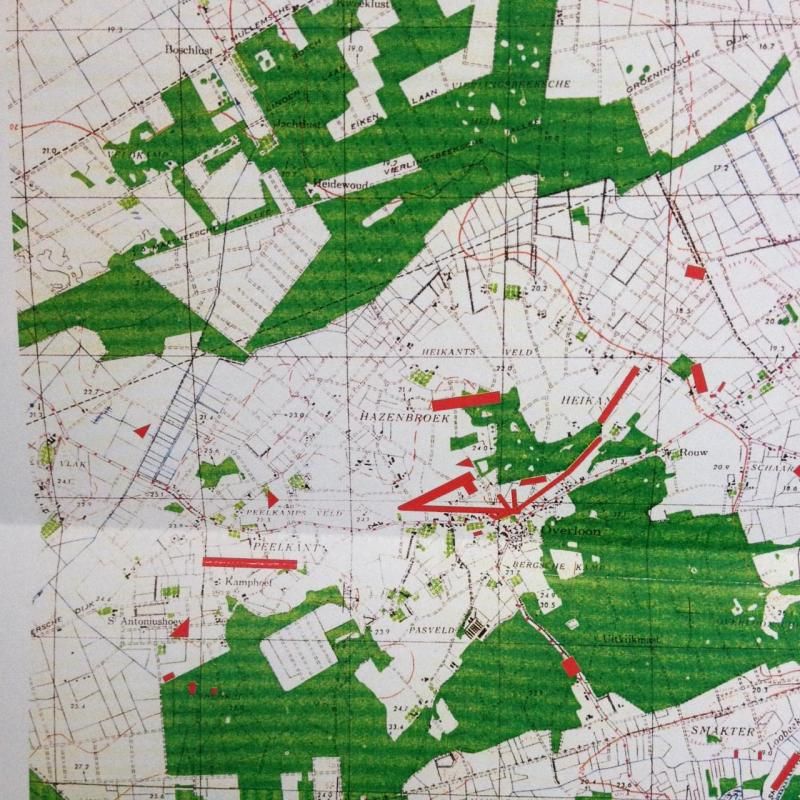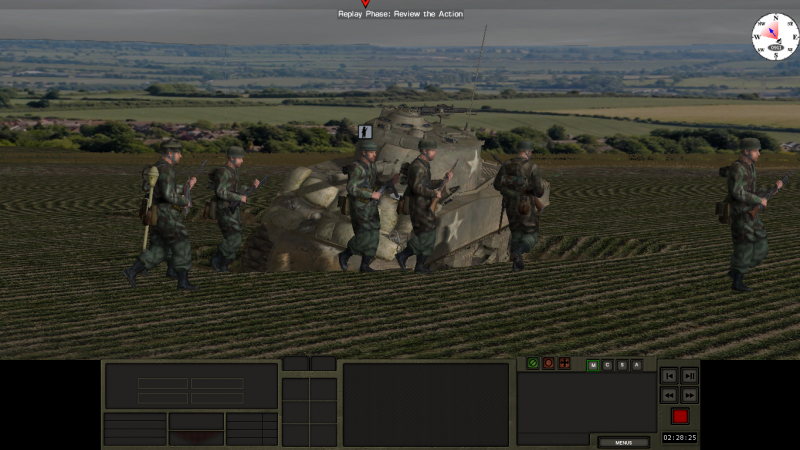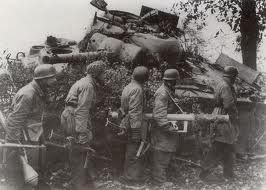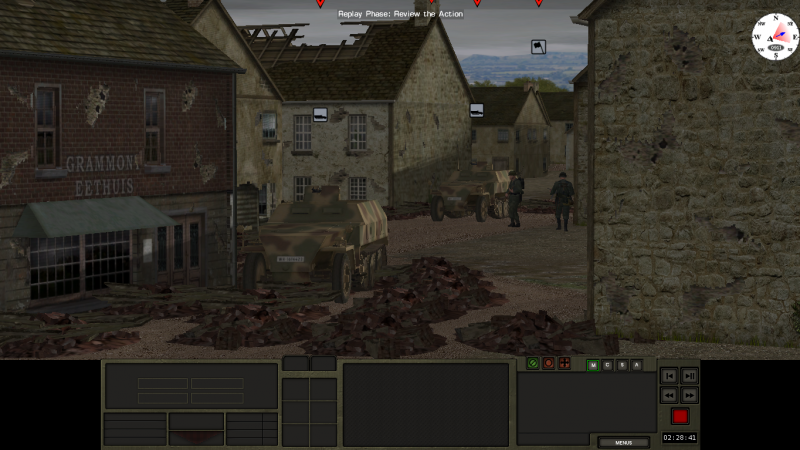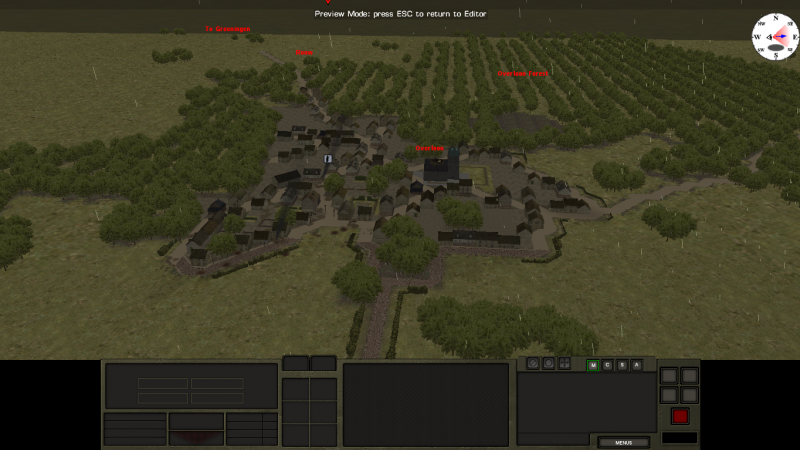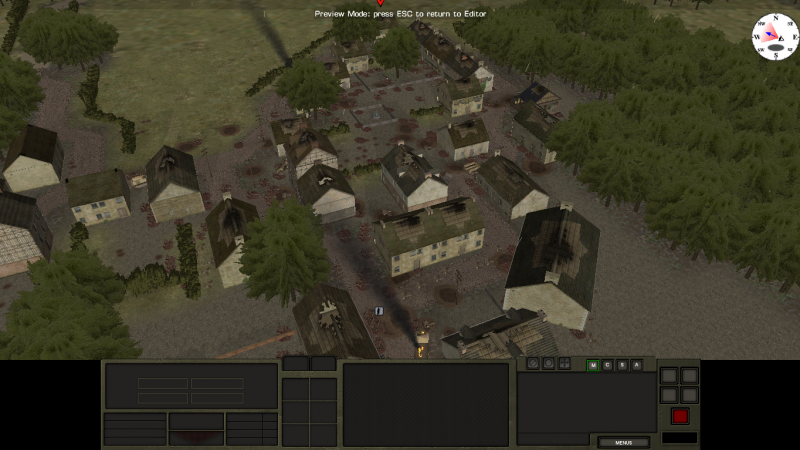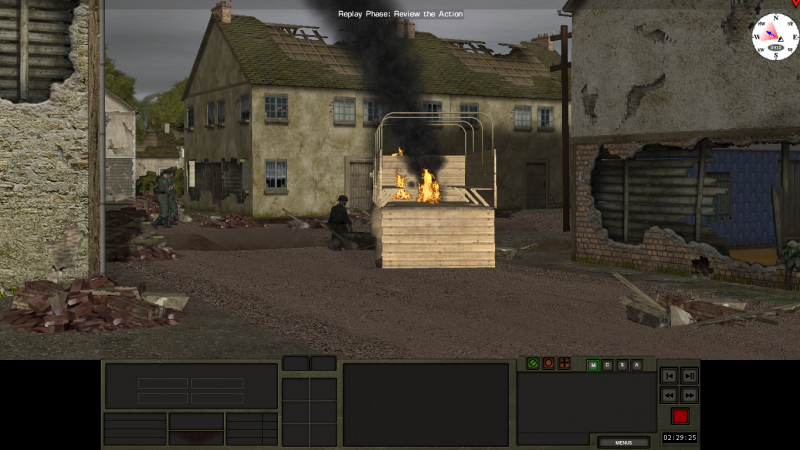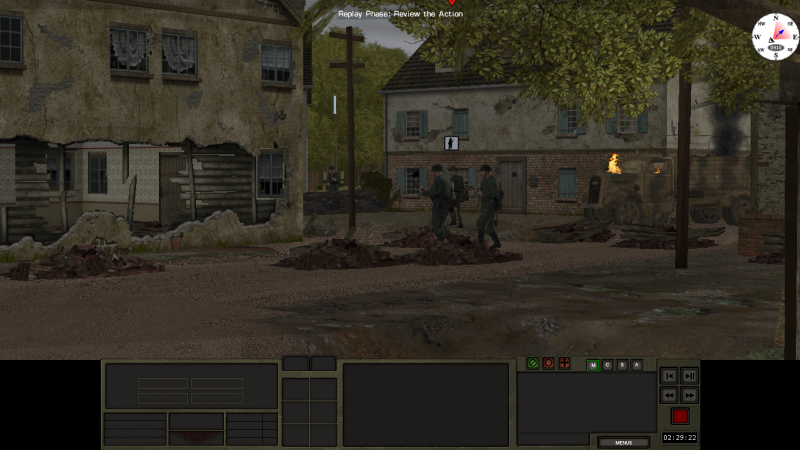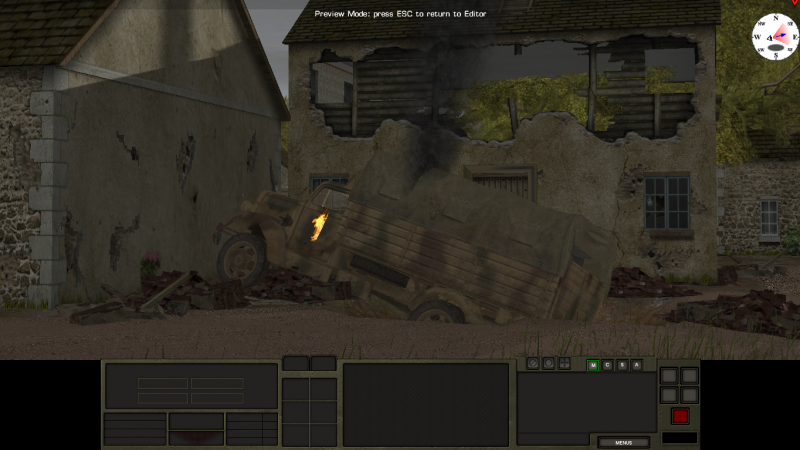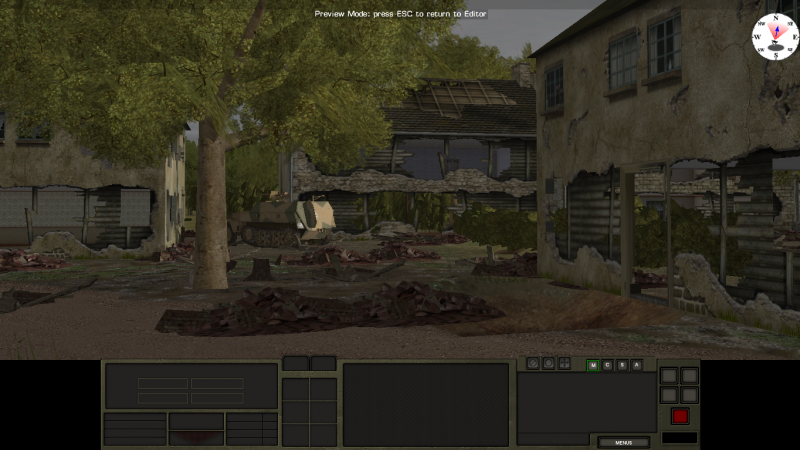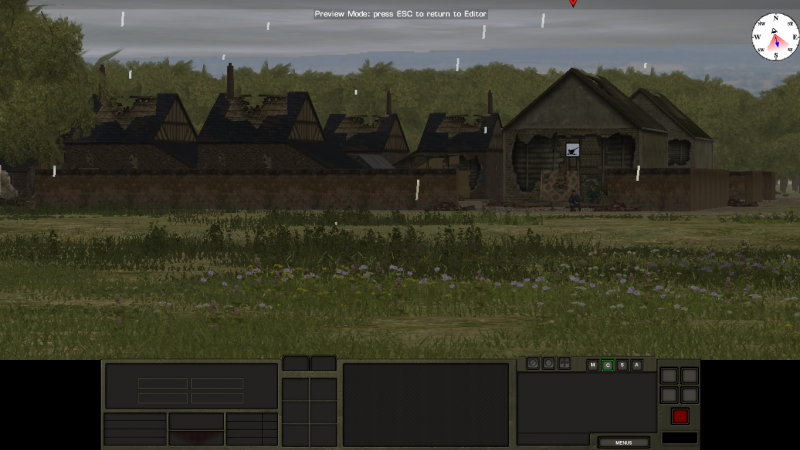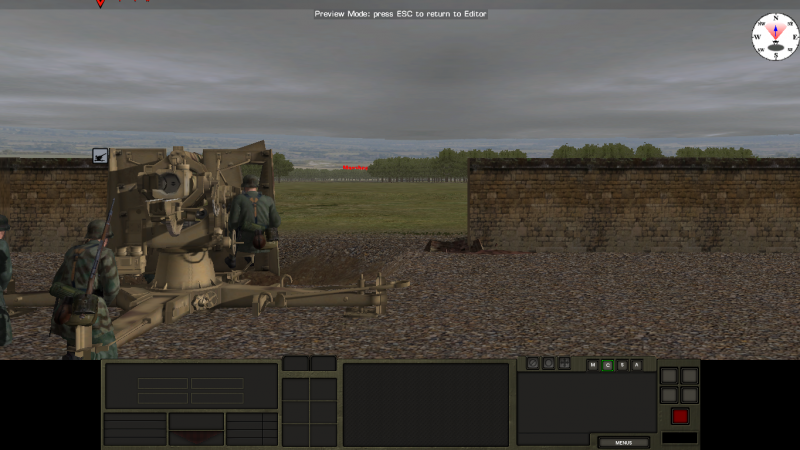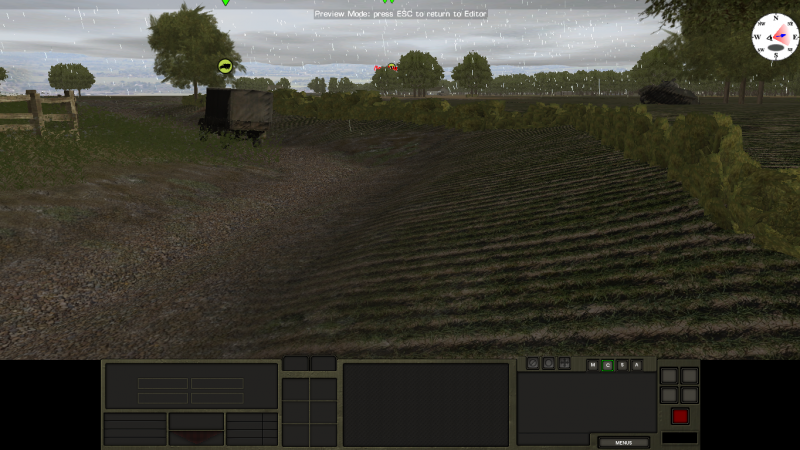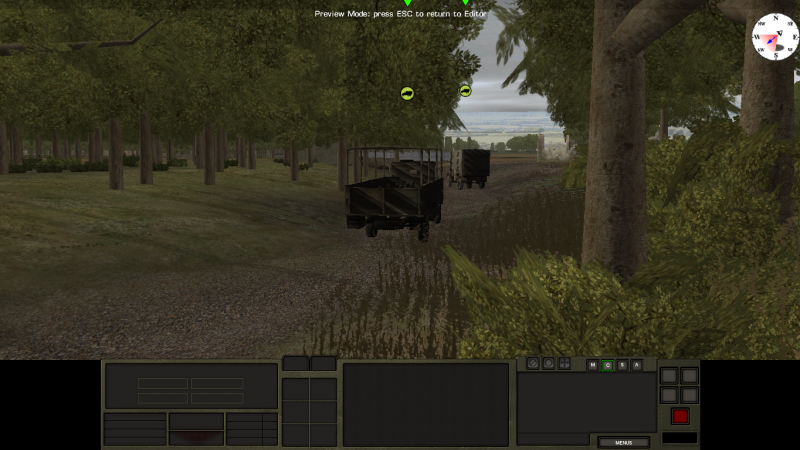D
Dutch Grenadier
Guest
In September 1944, the Allies had launched Operation Market Garden, a major offensive from the Dutch-Belgian border across the south of the Netherlands through Eindhoven and Nijmegen toward the Rhine bridge at Arnhem, with the goal of crossing the Rhine and bypassing the Siegfried Line in preparation for the final drive toward Berlin. Allied airborne forces were defeated at the Rhine bridge in Arnhem and the advance stopped south of the Lower Rhine, resulting in a narrow salient that ran from the north of Belgium across the south-east of the Netherlands.
German forces attacked this salient from a bridgehead west of the bend in the river Meuse (known as Maas in Dutch and German) near the city of Venlo. The bridgehead was established by retreating German forces who were reinforced with troops arriving from nearby Germany by crossing the Meuse in Venlo. The western edge of this bridgehead ran through the Peel, a region with bogs and several canals blocking an Allied advance. The Allies decided to attack the bridgehead from the north, and this meant they had to capture Overloon and Venray, which were on the road toward Venlo.
Operation Aintree (named after Aintree racecourse) had the goal of securing the narrow salient the Allies had established between Eindhoven and Nijmegen during Operation Market Garden and destroying the German bridgehead west of the Meuse, in preparation for the eventual Allied advance into the nearby German Rhineland.
The battle of Overloon ensued as the Allies in Operation Aintree advanced from nearby positions south toward the village of Overloon. After a failed attack on Overloon by the U.S. 7th Armored Division, the British 3rd Infantry Division and the British 11th Armoured Division took over. Suffering heavy losses the Allies captured Overloon and moved towards Venray. The advance on Venray resulted in heavy losses, especially around the Loobeek creek, which was swollen due to heavy autumn rains and was flooded and mined by the Germans. Casualties were heavy here among the First Battalion of the Royal Norfolk Regiment. During the battle, the village of Overloon was destroyed. In and around Overloon, some 2,500 soldiers died, making it one of the bloodiest battles in the Netherlands during the Second World War. It was also the only major tank battle ever fought on Dutch soil. Dozens of tanks, mainly British, were destroyed.
Despite the fact that both Overloon and eventually Venray were taken by the Allies, the advance toward the bend of the Meuse near Venlo was postponed. This was due to the number of casualties the Allies had sustained and because troops were needed to secure more essential targets: the Scheldt estuary, leading to the vital port of Antwerp and the west of the province of North Brabant, in between Antwerp and the salient that had been established. The offensive was eventually resumed, and by early December the German bridgehead west of the Meuse was destroyed.
Source: http://en.wikipedia.org/wiki/Battle_of_Overloon
This map/battle will focus on the British part of the battle. The map is about 95% historicly correct. It's size will be 2kmx2km. At the moment I'm about 55% done. Here are some screens of my work so far.
A Panther from the 107. Panzerbrigade in overwatch
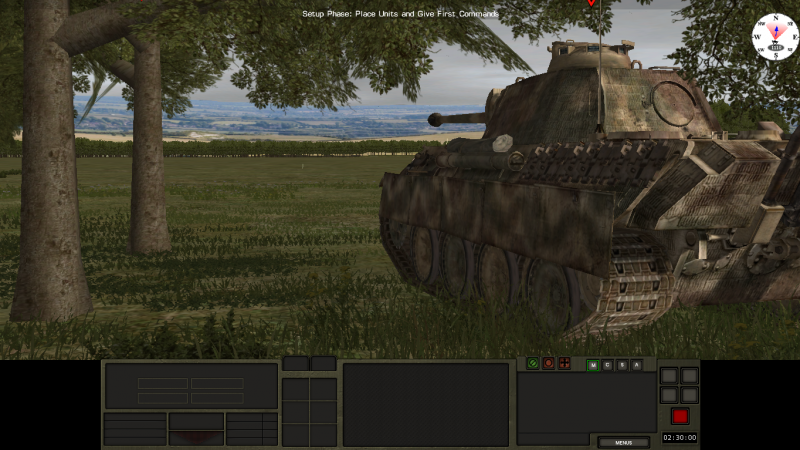
Fallschirmjager tankhunters await their prey
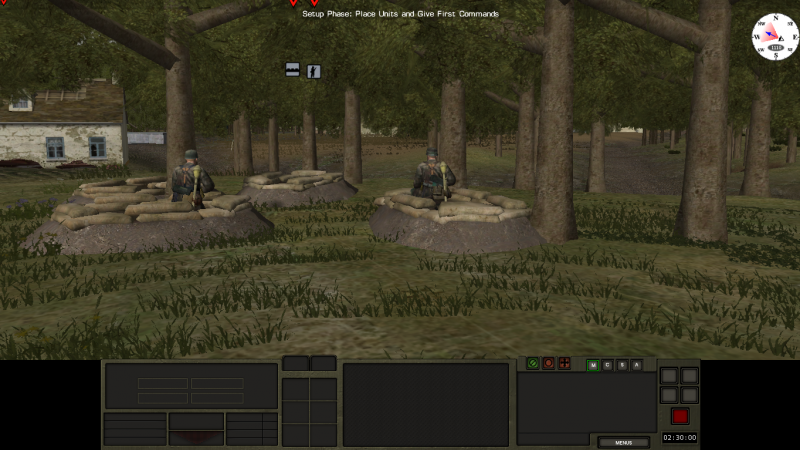
Fallschirmjager sniper

Destroyed US armor is left behind on the battlefield
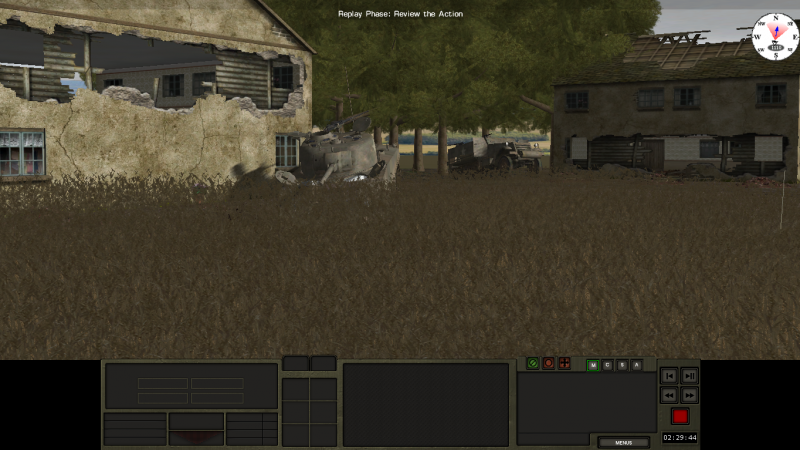
More destroyed US armor
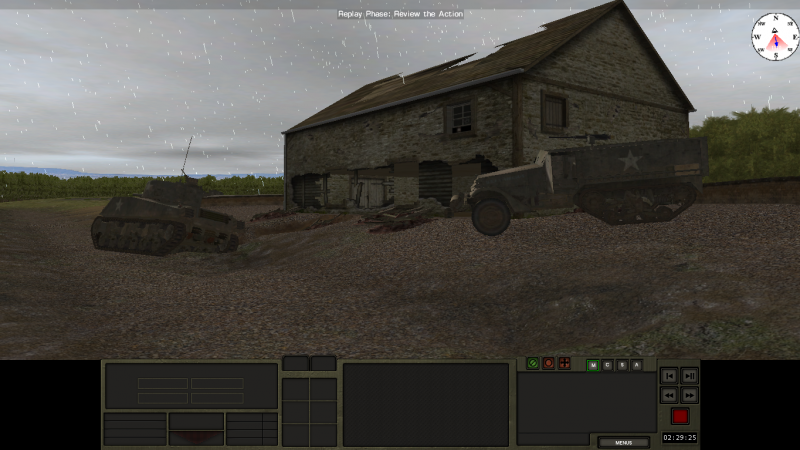
US Sherman tank destroyed in the dense forrest by a tankhunter
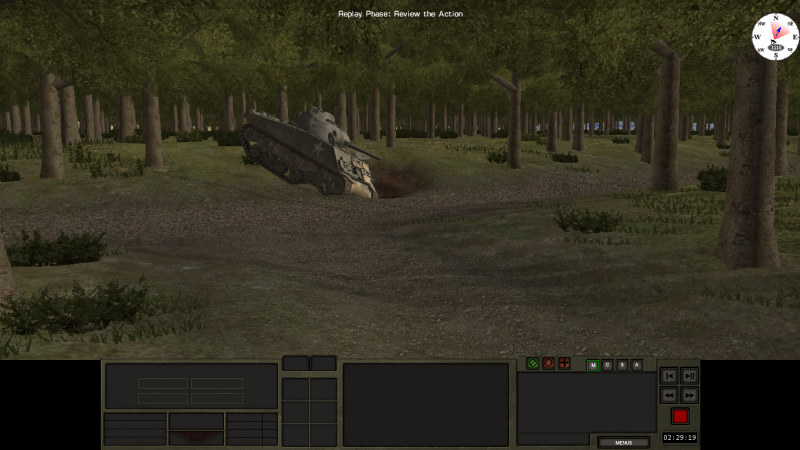
I'm trying to make this map full of battlefield scars and historicly correct. More will follow soon
H2H
Brits vs AI (if I can find someone who can script for me)
German forces attacked this salient from a bridgehead west of the bend in the river Meuse (known as Maas in Dutch and German) near the city of Venlo. The bridgehead was established by retreating German forces who were reinforced with troops arriving from nearby Germany by crossing the Meuse in Venlo. The western edge of this bridgehead ran through the Peel, a region with bogs and several canals blocking an Allied advance. The Allies decided to attack the bridgehead from the north, and this meant they had to capture Overloon and Venray, which were on the road toward Venlo.
Operation Aintree (named after Aintree racecourse) had the goal of securing the narrow salient the Allies had established between Eindhoven and Nijmegen during Operation Market Garden and destroying the German bridgehead west of the Meuse, in preparation for the eventual Allied advance into the nearby German Rhineland.
The battle of Overloon ensued as the Allies in Operation Aintree advanced from nearby positions south toward the village of Overloon. After a failed attack on Overloon by the U.S. 7th Armored Division, the British 3rd Infantry Division and the British 11th Armoured Division took over. Suffering heavy losses the Allies captured Overloon and moved towards Venray. The advance on Venray resulted in heavy losses, especially around the Loobeek creek, which was swollen due to heavy autumn rains and was flooded and mined by the Germans. Casualties were heavy here among the First Battalion of the Royal Norfolk Regiment. During the battle, the village of Overloon was destroyed. In and around Overloon, some 2,500 soldiers died, making it one of the bloodiest battles in the Netherlands during the Second World War. It was also the only major tank battle ever fought on Dutch soil. Dozens of tanks, mainly British, were destroyed.
Despite the fact that both Overloon and eventually Venray were taken by the Allies, the advance toward the bend of the Meuse near Venlo was postponed. This was due to the number of casualties the Allies had sustained and because troops were needed to secure more essential targets: the Scheldt estuary, leading to the vital port of Antwerp and the west of the province of North Brabant, in between Antwerp and the salient that had been established. The offensive was eventually resumed, and by early December the German bridgehead west of the Meuse was destroyed.
Source: http://en.wikipedia.org/wiki/Battle_of_Overloon
This map/battle will focus on the British part of the battle. The map is about 95% historicly correct. It's size will be 2kmx2km. At the moment I'm about 55% done. Here are some screens of my work so far.
A Panther from the 107. Panzerbrigade in overwatch

Fallschirmjager tankhunters await their prey

Fallschirmjager sniper

Destroyed US armor is left behind on the battlefield

More destroyed US armor

US Sherman tank destroyed in the dense forrest by a tankhunter

I'm trying to make this map full of battlefield scars and historicly correct. More will follow soon
H2H
Brits vs AI (if I can find someone who can script for me)
































































